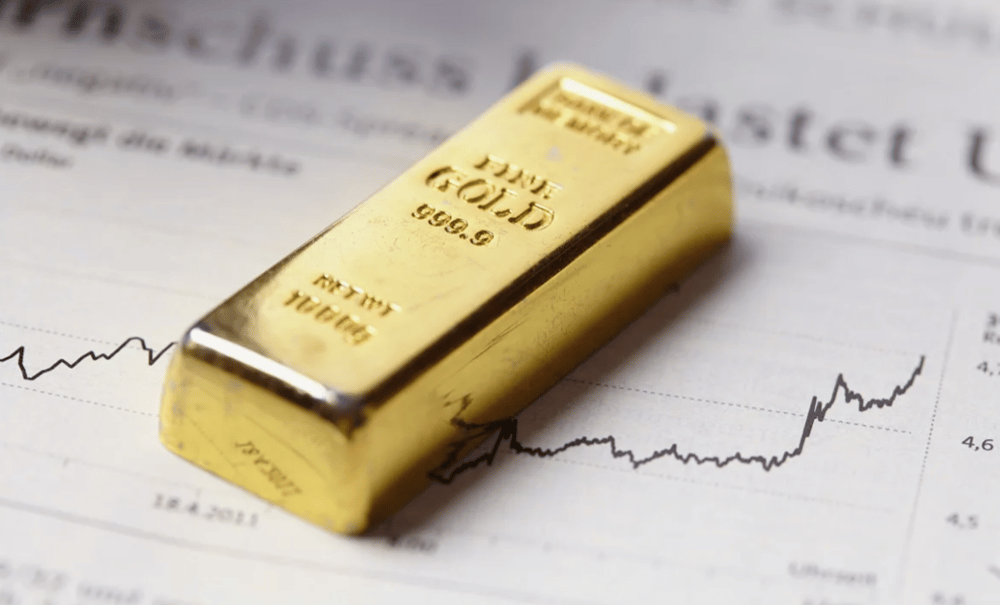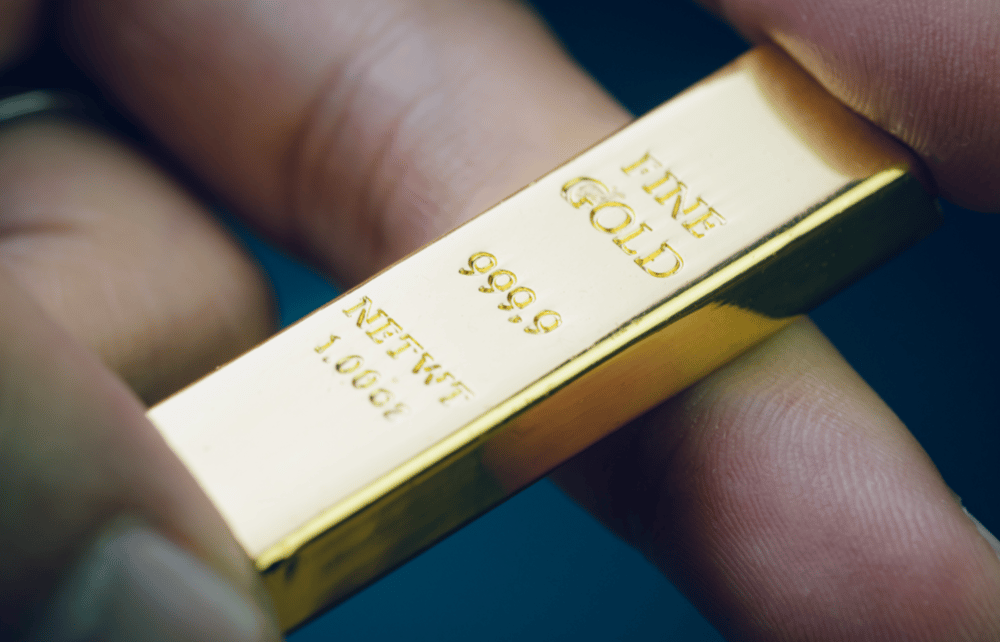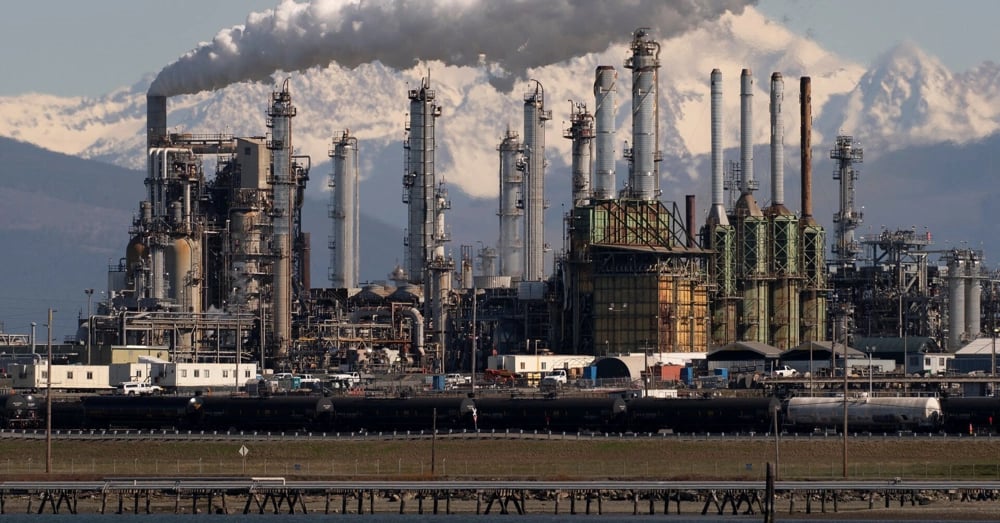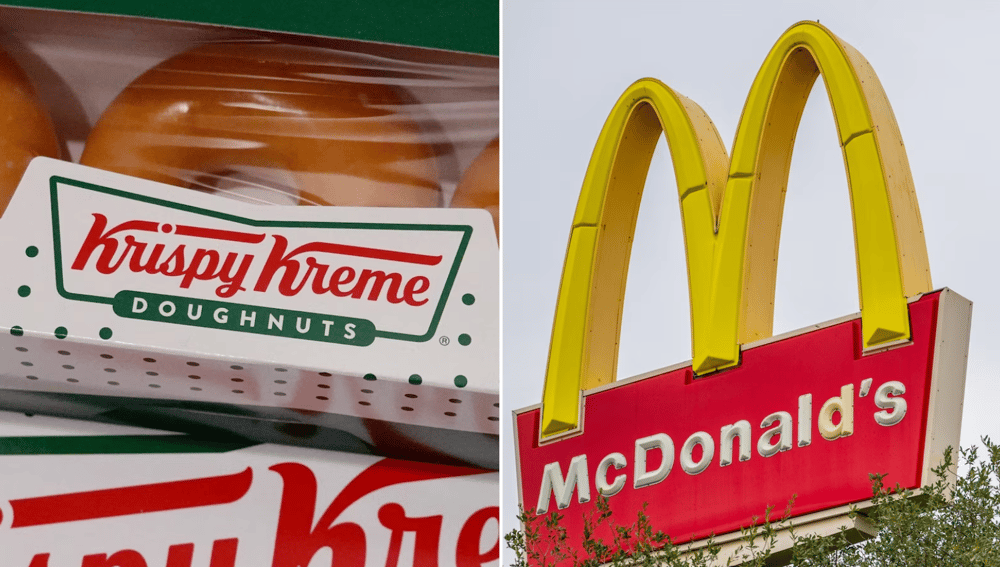Gold Prices Decline Amid US Dollar Recovery and Uncertainty Over US Economic Outlook
Gold prices experienced a notable decline on Tuesday, retreating by approximately 0.5% to $3325.99 per ounce as the US dollar partially recovered after recent losses. The pullback in gold, a traditional safe-haven asset, comes amid ongoing concerns regarding the United States’ financial outlook and cautious investor sentiment awaiting crucial upcoming economic data. Both US and London markets were closed on Monday due to a public holiday, adding to the subdued trading environment.
Impact of US Dollar Strength and Economic Sentiment on Gold Futures and Market Dynamics
The gold market's retreat reflects a complex interplay of factors, with the US dollar’s partial rebound exerting downward pressure on gold prices. A stronger dollar makes gold, which is priced in USD, relatively more expensive for holders of other currencies, reducing demand.
Investors remain cautious amid uncertainty surrounding the trajectory of US interest rates. Expectations for the Federal Reserve’s upcoming monetary policy decisions, driven by economic indicators such as inflation, employment, and GDP growth, contribute to the market’s hesitancy. Elevated interest rates generally increase the opportunity cost of holding non-yielding assets like gold, limiting its appeal.
US gold futures notably dropped by 1.2%, closing at $3325.70, highlighting short-term volatility. Market analyst Kelvin Wong from OANDA described the current phase as a "pause" where prices stabilize while awaiting new market catalysts.
Despite the decline, gold retains its status as a key hedge against inflation and geopolitical risks, especially given persistent doubts about the US fiscal environment and global economic prospects.

Key Facts
Gold prices fell 0.5% to $3325.99 per ounce (as of 05:37 GMT Tuesday)
US gold futures declined 1.2% to $3325.70 per ounce
US and London markets were closed Monday due to a public holiday
US dollar partially recovered, impacting gold’s relative cost
Investors await key US economic data influencing Federal Reserve policy
Analyst Kelvin Wong describes the market as “stabilizing while awaiting catalysts”
Market Reaction and Investor Sentiment Toward Gold and US Dollar Trends
The interplay between the US dollar (USD) and gold prices remains a critical factor in the commodities market. The dollar index (DXY), which measures the greenback against a basket of major currencies, has seen gains contributing to gold's price pressure. Since gold is typically inversely correlated with the dollar, fluctuations in USD directly affect bullion demand and price dynamics.
Investor caution also stems from the ambiguous outlook on US fiscal policy and broader economic health, including debt ceiling debates and inflation persistence. These concerns maintain underlying support for gold, despite the near-term price pullback.
Moreover, geopolitical uncertainties continue to underpin gold’s safe-haven appeal, with market participants carefully balancing risk factors and monetary policy expectations.

Key Points
Gold prices declined due to partial US dollar recovery after recent losses.
US economic uncertainty and Fed rate expectations drive cautious investor behavior.
Gold futures in the US dropped by 1.2%, reflecting short-term market volatility.
The dollar index’s strength increases the opportunity cost of holding gold.
Market awaits new catalysts, including upcoming US economic reports and Fed decisions.
Gold’s Price Adjustment Reflects Dollar Strength and Economic Uncertainty, Maintaining Its Role as a Safe-Haven Asset
The recent decline in gold prices underscores the sensitive relationship between the US dollar and gold, as well as the influence of macroeconomic uncertainty on precious metals markets. While the dollar’s partial recovery pressures gold, persistent doubts about the US financial outlook and inflation sustain gold’s status as a vital hedge.
As investors anticipate key US economic data and Federal Reserve policy signals, gold prices are likely to remain volatile but supported by underlying safe-haven demand amid global economic and geopolitical risks.















Comments
It illustrates the growing importance of aligning investment with emerging tech capabilities